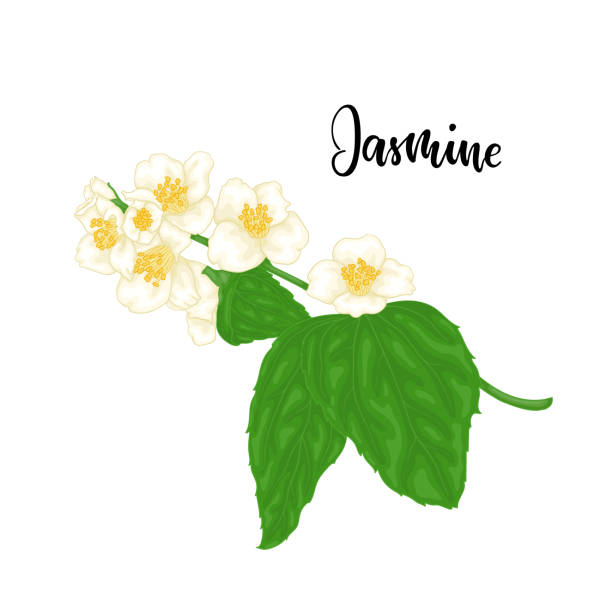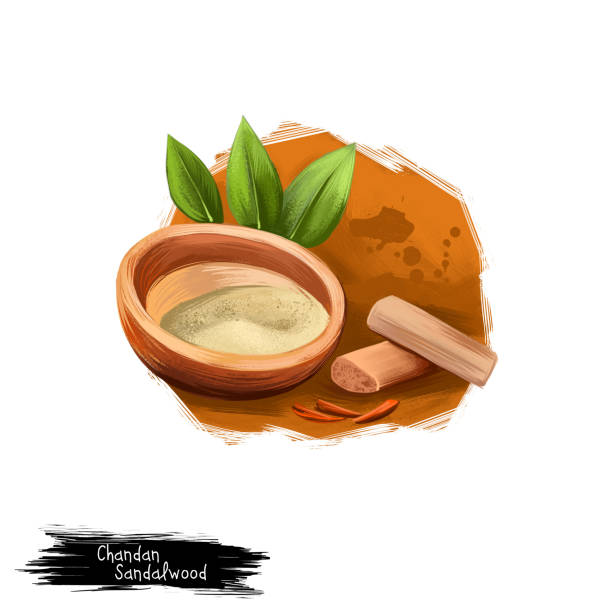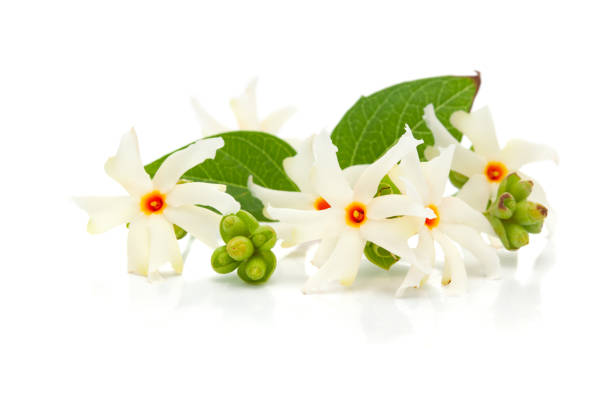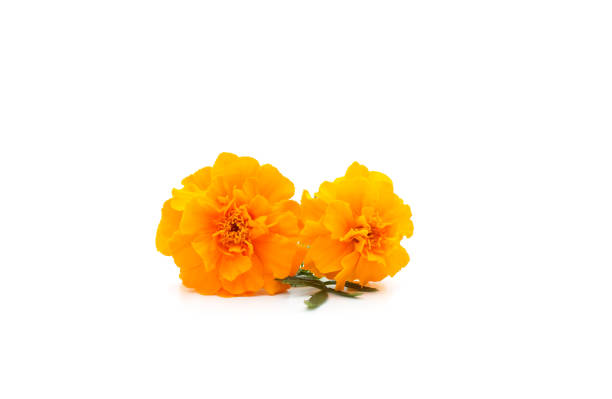
From Jasmine Flowers to Perfume Bottles: A Journey of Fragrance and Heritage
As a young girl growing up in India, one of the most cherished memories of my childhood was the delicate touch of jasmine flowers being placed in my hair. The rich fragrance of these tiny, white blooms wasn’t just a scent—it was an experience. It was a symbol of beauty, tradition, and celebration. Whether it was Dussehra, Diwali, or Raksha Bandhan, my mother would carefully weave jasmine flowers into my hair, their soft petals curling around my strands like a crown of elegance. On these occasions, the air would be filled with the joyful scents of incense, sweets, and flowers, but jasmine always stood out—its fragrance, both intoxicating and soothing, a timeless essence of festivity and family.
Each festival was a celebration, not just of rituals but of the connection to something larger than ourselves. The jasmine flowers in my hair were a mark of reverence for the traditions passed down from generations before me. It was a scent that symbolized purity, joy, and the love of family, an ever-present reminder of the culture and rituals that defined our lives. As I sat with my family during these festivals, the jasmine in my hair was more than just a beautiful accessory—it was a reflection of who I was, of where I came from, and of the moments that defined my childhood.
Little did I know that these simple acts—the placement of jasmine flowers in my hair, the rituals of lighting diyas and offering prayers—would leave an indelible mark on my life and guide me toward an unexpected career. The path I’m on today, as a fragrance evaluator in the perfume industry, began with something as simple as the scent of jasmine. The love for fragrance that began in the small rituals of my home grew into a profound passion for scent, a love that would eventually lead me to the world of perfumery
In the world of perfume, fragrance is not just a fleeting scent—it’s an art, a science, and a way to evoke emotions, memories, and experiences. I came to realize that every fragrance tells a story, just like the jasmine flowers in my hair told the story of a girl celebrating the festivals of her ancestors. As I began my career in the perfume industry, I understood the immense power that scent holds. The jasmine that had once marked my childhood festivals became a symbol of my connection to the art of fragrance, and over time, I began to work with scents that evoked memories of the warmth, joy, and spirituality I had experienced growing up.
Working as a fragrance evaluator requires a deep understanding of both the raw materials and the emotional impact that a scent can create. Jasmine, with its soft, floral notes, is often used in many of the world’s most iconic perfumes. But as I began to evaluate and craft fragrances, I saw jasmine through new eyes—not just as a flower in my hair, but as an ingredient that held the power to transport someone to a place, a moment, a memory. The essence of jasmine, with its ability to evoke calmness and joy, is something I’ve learned to balance in perfumes, using it as both a heart note and a base note in many compositions.
In the perfume industry, jasmine is often regarded as a “queen” of florals, and I find this description fitting, especially when I reflect on my childhood. There’s something regal about jasmine’s scent—its presence is soft yet undeniable. Just as it graced my hair during the most sacred and festive moments, jasmine now graces the bottles of perfumes that I evaluate, providing depth, elegance, and a timeless quality to each fragrance.
But fragrance evaluation isn’t just about assessing raw materials—it’s about understanding the stories they tell. Just as jasmine once marked the high points of my life—Dussehra celebrations, Diwali lights, Raksha Bandhan rituals—so too do the perfumes I work with carry the essence of those moments. It’s a process of connecting the past with the present, tradition with innovation. I think back to those festivals, the way the scent of jasmine would fill the air, and I use that same instinct to create or evaluate perfumes that capture the emotions and experiences we all seek in scent.
Today, every time I encounter jasmine, I’m reminded of the woman I used to be—the girl who wore jasmine flowers in her hair with pride, the girl who was part of a family that celebrated both small moments and grand festivals. I can still see my mother’s hands gently placing those flowers, and I can still feel the warmth of the family around me, the glow of the diyas, the laughter, the prayers. Now, in my role, I aim to create fragrances that capture that same warmth, that same joy, and that same sense of cultural richness. Just as jasmine once marked the milestones of my life, I now aim to use fragrance to mark the milestones of others.
In the perfumery industry, I’ve learned that every fragrance is a celebration in itself. It is a nod to the past, a tribute to the present, and an offering to the future. Jasmine, for me, is the perfect representation of this—it is both timeless and ever-present, a scent that speaks to the soul, connecting generations through its elegance and beauty.
From the simple jasmine flowers in my hair to the sophisticated perfumes I now evaluate, my journey has been one of discovery, of love for the sacred art of fragrance, and of honoring the traditions that shaped me. The path from my childhood to the perfume industry was woven together by scent—by jasmine, by the celebrations of my culture, and by the emotional power that fragrance holds in all our lives. And just as jasmine will always have a place in my heart, it will always have a place in the perfumes I create and evaluate, a lasting reminder of where I came from and the beauty that continues to guide me forward.






Leave a Reply